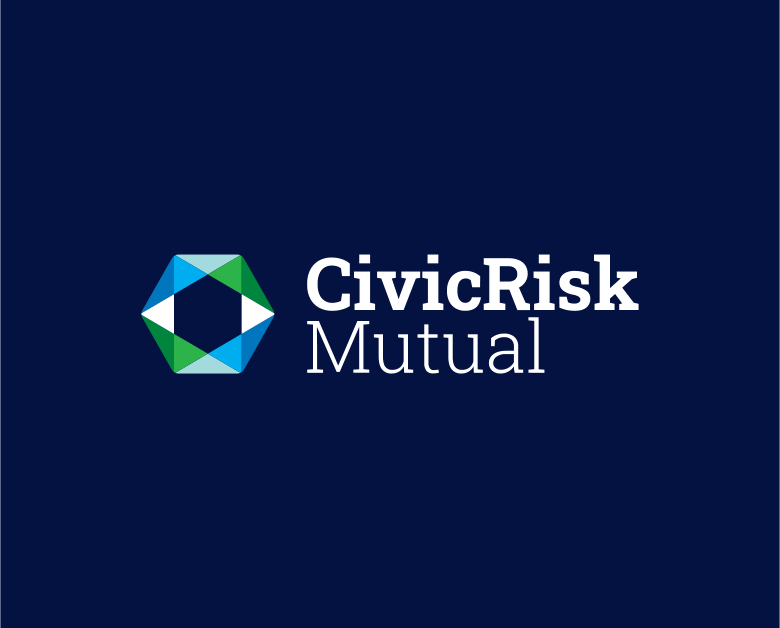As the world’s climate continues to shift, urban areas are feeling the heat — literally. From catastrophic floods and fires to extreme weather events, local councils are at the frontline of climate change impacts.
The need to act now is increasingly urgent. Climate change is no longer a distant threat; it’s a reality, with communities already grappling with its fallout. Adapting to these changes isn’t just about reducing risk — it’s about ensuring long-term sustainability and protecting local residents’ safety and well-being.
To thrive in the coming decades, councils need to plan and implement strategies that prepare their communities for the realities of a changing climate. It’s necessary to take proactive steps to future-proof urban infrastructure and ensure a resilient, liveable environment for generations to come. Let’s take a look at how we can achieve that.
Climate Management Strategies for Urban Flood and Fire Risks
Urban flood and fire risks are two of the most pressing issues facing councils today. Let’s break them down.
Urban Flood Risk Management
Flooding in New South Wales is no longer a rare occurrence. The 2021 floods in Lismore, for example, displaced thousands and left a mark on the region’s infrastructure, demonstrating the need for flood risk management and resilient public networks.
So, what can councils do to prepare for the next deluge? The answer lies in sustainable design and infrastructure. One approach that’s gaining traction is permeable pavements. These surfaces allow water to flow through, reducing runoff and preventing street pooling. In addition, natural water detention areas — such as wetlands or green spaces — help manage stormwater more effectively. Not only does this reduce flooding, but it also improves water quality and boosts the local ecosystem.
Fire Risk Management
Australian communities are no strangers to the turmoil caused by wildfires. Exacerbated by droughts and heatwaves, these blazes can rapidly destroy homes and infrastructure, as witnessed during the catastrophic 2019–2020 bushfires.
To prepare for and mitigate potential damage, councils should focus on fire-resistant urban planning and building materials. Establishing firebreaks and defensible spaces — areas where fire can’t easily spread — helps to protect property and lives.
Equally important is selecting resistant building materials, like steel and concrete, for new constructions. These materials can withstand extreme heat, which, in turn, reduces the risk of catastrophic damage. But this goes beyond building for safety; it’s about creating a community that’s adequately prepared for whatever comes next.
Green Spaces and Urban Resilience
In cities, where concrete and asphalt dominate, temperatures may rise significantly compared to surrounding rural areas. This phenomenon is called the heat island effect and can cause temperatures to soar in summer, potentially increasing climate risk.
To counteract this, we must turn to green spaces. Parks, urban forests and green roofs are not just aesthetic natural additions to our cities; they hold the key to mitigating rising urban temperatures. By increasing the density of well-maintained green spaces, councils can reduce temperatures, improve air quality and provide habitats for local wildlife.
In Melbourne, urban cooling and greening projects have shown how integrating nature into the built environment can reduce the heat island effect while boosting the city’s climate resilience. These initiatives provide a sound blueprint for future green space strategies.
Creating Resilient Infrastructure With Materials and Building Techniques
When it comes to building for the future, materials matter. To ensure infrastructure can handle extreme weather events like heatwaves, heavy rainfall and floods, incorporate sustainable building materials and energy-efficient techniques into their designs. Materials that stand up well against extreme conditions include:
- Recycled steel.
- Low-carbon concrete.
- Local stone.
But it’s not just about what materials are used — it’s about how they’re used. Building techniques should focus on renewable energy solutions, such as solar panels and climate-smart design features like green roofs and passive cooling systems.
These strategies can reduce energy consumption and improve the buildings’ overall climate resilience. By making these smart investments now, councils are setting up their communities for long-term success in the face of unpredictable weather patterns.
Engaging Communities in Environmental Initiatives
Climate resilience requires the active involvement of the entire community. Work with residents, businesses and other stakeholders to create a shared vision for sustainability. For instance, hosting workshops, surveys and community consultations gathers input and gets everyone on the same page.
But engagement shouldn’t stop there. Councils should also support grassroots initiatives like community gardens, local waste reduction programs and environmental education campaigns. These measures raise awareness, build pride in the community and nurture a sense of ownership over local sustainability efforts.
Leveraging partnerships with local NGOs and environmental organisations can broaden the impact of climate adaptation strategies. Collaboration facilitates large-scale, high-impact initiatives that benefit the local community and its natural surroundings.
Moving Forward With Climate Adaptation
The time to act is now. As councils look toward the future, embedding climate adaptation into urban planning and maintenance will be a differentiator. By taking proactive steps, councils can build more resilient communities and future-proof infrastructure against climate risks.
CivicRisk Mutual offers resources and funding opportunities, like the Risk Enhance program, to help mitigate risks and implement sustainable strategies. Connect with our team for support in navigating your climate adaptation journey and securing a safer, more resilient future for your community.


